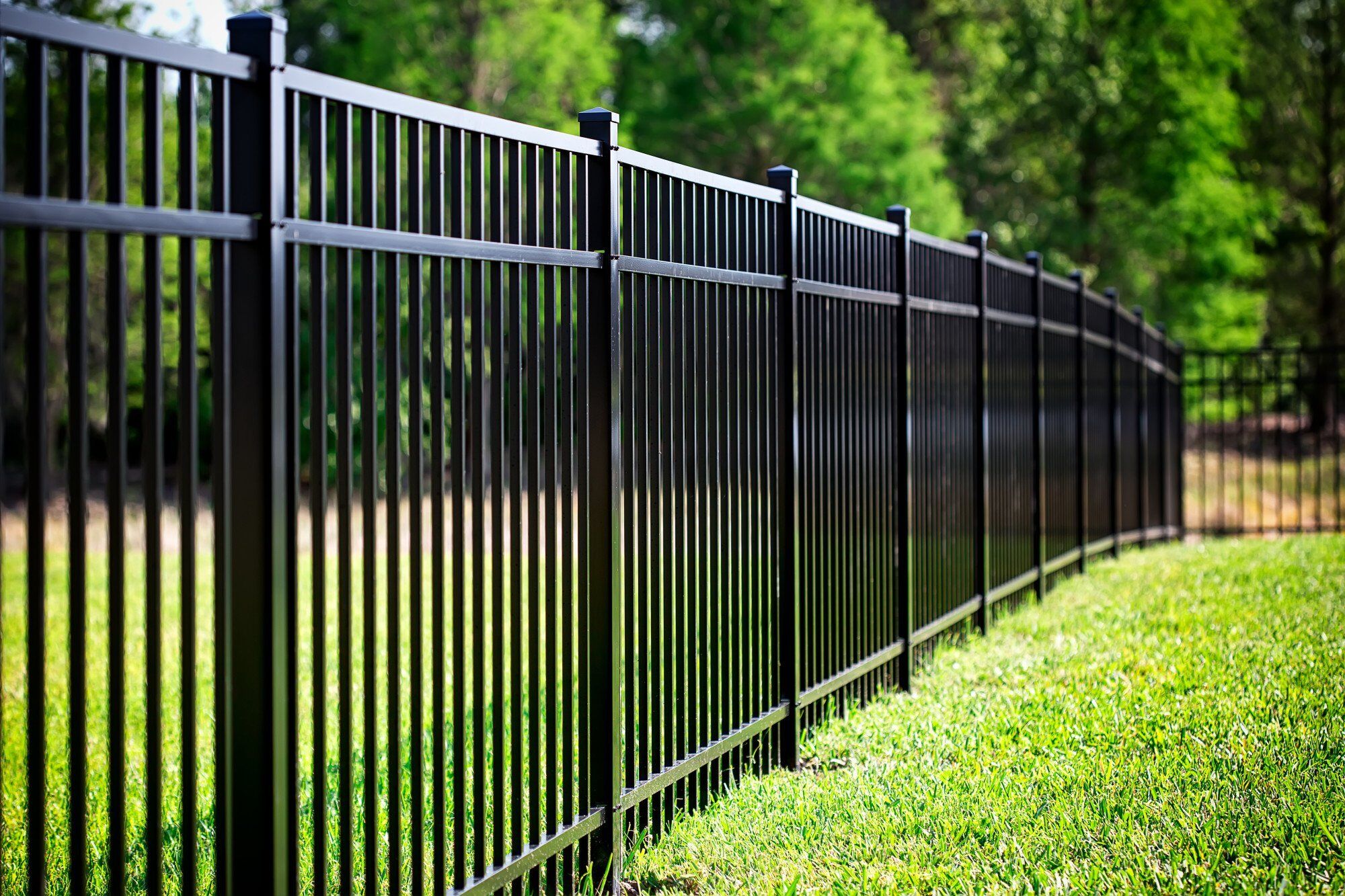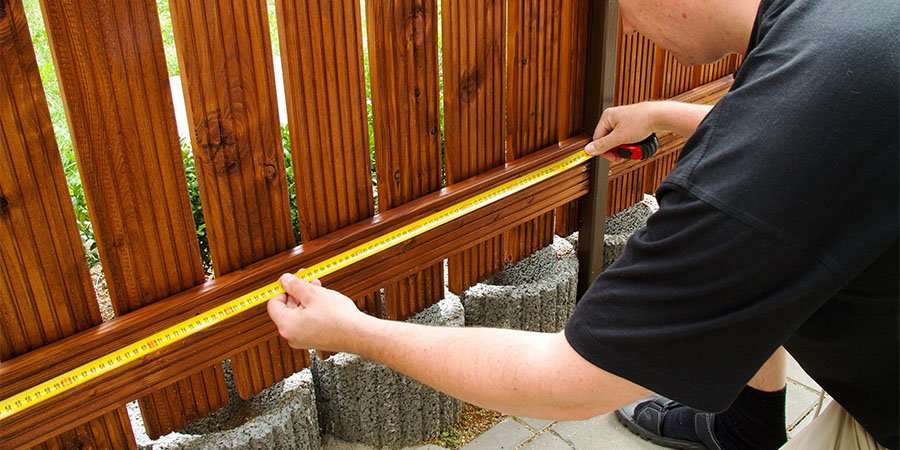Featured

When considering setting up a fence on your residential or commercial property, one of the most essential actions is to recognize whether you need an authorization. The certain licenses required can vary depending on your place, the type of fence you plan to mount, and the elevation or placement of the fence.
Why You Required a License for a Fencing Installation. The permit process helps neighborhood authorities verify that your fencing does not interfere with traffic exposure, respect your property lines, or go against height constraints. Installing a fencing without a license can result in fines, elimination of the fence, or delays in construction, so it's crucial to check whether a permit is needed prior to starting your job.
Kinds Of Licenses You Might Require. There are a few usual sorts of licenses you could need for a fence installation:
Building License. A building authorization is one of the most typical license needed for fence setups. This license guarantees that the fence satisfies safety and security criteria and is created according to local building regulations. A structure authorization is usually needed if the fence exceeds a particular elevation (typically 6 feet), is made of specific products, or lies near a public sidewalk or roadway.
Zoning Permit. A zoning authorization might be required to verify that your fence follows regional zoning legislations. Zoning regulations can determine where a fence can be positioned on your building, exactly how high it can be, and whether it is enabled in specific locations (such as along building lines or in front yards) Some municipalities have laws limiting the elevation of fences in the front lawn to guarantee presence for chauffeurs and pedestrians.

Setback Authorization. You may require a problem license if you are developing a fencing near your building line or close to a street. A trouble describes the distance a framework, including fences, have to be from the residential property line. Problem policies differ by area, and ensuring that your fencing is placed correctly can avoid conflicts with next-door neighbors and prevent infractions.
House Owner Organization (HOA) Authorization. If you stay in a neighborhood regulated by a Home owner's Association (HOA), you may require approval from them along with local permits. HOA guidelines often cover the sort of products, height, design, and color of fencings. Also if your city government does not require a license, your HOA might still have particular standards that require to be complied with.
Exactly How to Look For a Fencing Permit. To obtain a fence license, you'll need to call your local building department or preparation office. The application process commonly entails filling up out a form, paying a fee, and sending a site strategy of your residential property that shows the suggested area of the fence. You may likewise require to consist of information concerning the materials, elevation, and style of the fence.
Sometimes, a regional official might need to inspect your home before authorizing the license. Once the license is given, you will certainly be licensed to proceed with your fence setup.
When Is a Permit Not Required? In specific scenarios, an authorization may not be required. These circumstances can consist of:
Reduced Height Fences: In numerous locations, fences that are below a certain height (typically 3 to 4 feet) might not need a permit, particularly if they are placed in the backyard or various other non-visible areas.
Fencing Substitute: If you're changing an existing fence with the same elevation and material, some locations might not call for a brand-new authorization.
Non-Obtrusive Fencings: Short-term or ornamental fencings, such as those utilized for horticulture or landscaping functions, might not call for permits as long as they are not irreversible and low.
Nevertheless, it is very important to talk to your local zoning workplace or structure division, as policies can vary by jurisdiction.
Effects of Not Obtaining an Authorization. Failing to acquire the essential licenses can lead to considerable effects. These include fines, required removal of the fence, or perhaps hold-ups in construction. Additionally, if your fence does not fulfill regional guidelines, you could deal with lawful problems with neighbors or local authorities.

Conclusion. By guaranteeing that you adhere to regional policies and obtain the required permits, you can ensure and avoid expensive errors that your fencing is legally compliant. Inspect with your regional building department, HOA, and zoning office to establish what licenses are required for your certain fencing job.
Latest Posts
Smooth Light Weight Aluminum Gutters: The Smart Option for Your Home
Published May 23, 25
1 min read
Safeguard and Improve Your Home with Weathercraft's Exterior siding Solutions
Published May 23, 25
1 min read
Check Out Best Vehicle Maintenance Solutions from Montclare Auto Repair – Reliable Repairs Await
Published May 23, 25
1 min read
More
Latest Posts
Smooth Light Weight Aluminum Gutters: The Smart Option for Your Home
Published May 23, 25
1 min read
Safeguard and Improve Your Home with Weathercraft's Exterior siding Solutions
Published May 23, 25
1 min read
Check Out Best Vehicle Maintenance Solutions from Montclare Auto Repair – Reliable Repairs Await
Published May 23, 25
1 min read